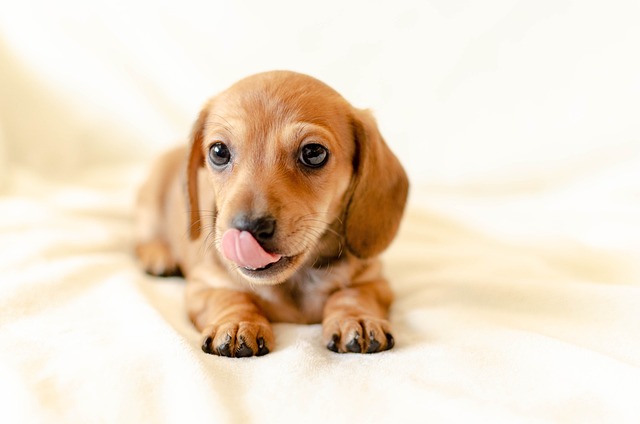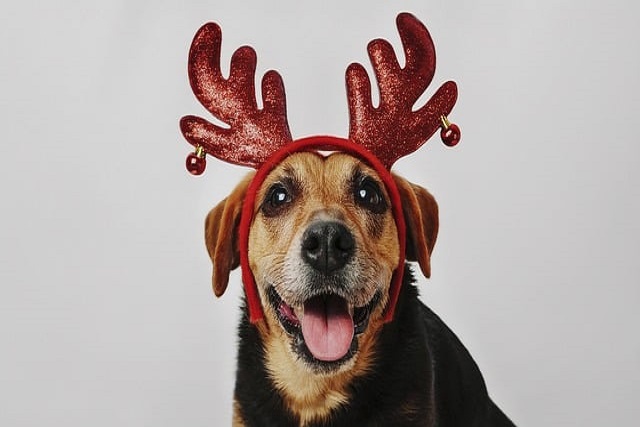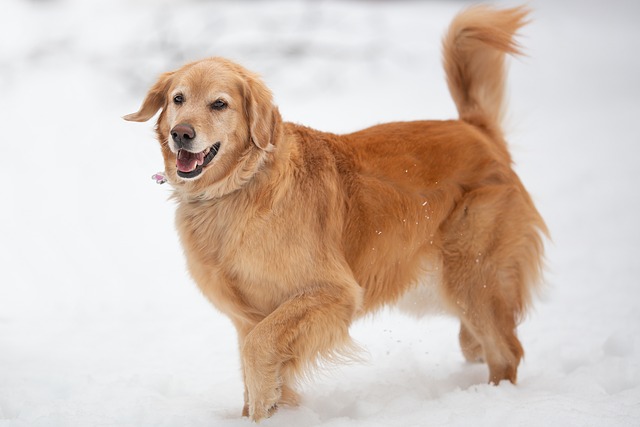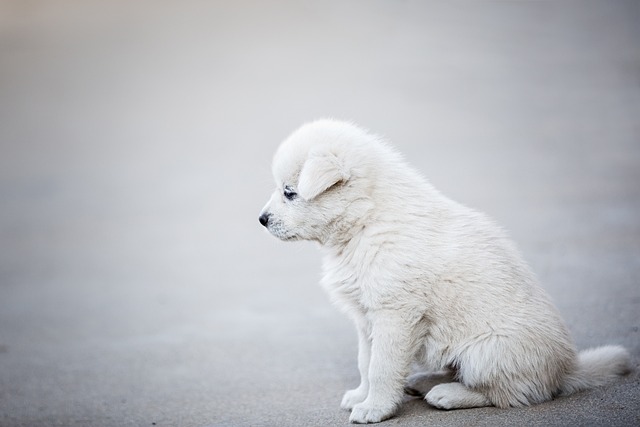
What food can be fed to a two month old Schnauzer
When you bring home a fluffy little ball - a two-month-old Schnauzer, its big wet eyes look at you as if silently asking, "Master, what should I eat?" At this moment,
When we find the sofa and the floor covered with the dog's hair, those fine downy hairs seem to tell the owner's helplessness and worry. Excessive hair loss in dogs not only affects the living environment but may also be a warning sign of health problems. As owners, we always hope to find the most effective solution. Improving the dog's hair loss problem from the diet is like injecting vitality into its hair. With science and care, we can make every strand of hair shine with health.
The dog's hair is like a natural coat, and its health is closely related to nutrient intake. Under normal circumstances, dogs go through seasonal molting. However, if there is abnormal excessive hair loss, it is likely that key nutrients are lacking in the diet. Protein is a major component of hair, just like the bricks for building a house. Without high-quality protein, the hair will become brittle, dry, and lose its luster. When we stroke the dog's hair and feel it rough and unsmooth, or even a tuft of hair falls off with a gentle pull, we should consider whether we are providing enough protein sources in its diet. Foods rich in animal protein, such as chicken, beef, and fish, are all good choices.
Omega-3 and Omega-6 fatty acids are important nutrients for maintaining the health of a dog's skin and hair. They are like the "lubricants" for the hair, which can regulate the secretion of skin oils, reduce inflammatory reactions, and thus reduce the degree of hair loss. When a dog lacks these fatty acids, the skin will become dry and itchy, and the hair will lose its luster and fall out in large quantities. Linseed oil and fish oil are common sources of Omega-3 fatty acids. Mixing an appropriate amount of fish oil into the dog's food can not only make the hair smoother but also enhance the dog's immunity. Sunflower seed oil and corn oil, which are rich in Omega-6 fatty acids, can also improve the condition of the hair to a certain extent. However, it is important to maintain a balanced intake of these two fatty acids, as an excessive intake of Omega-6 fatty acids may trigger inflammation and be detrimental to health.
 Vitamins and minerals also play a crucial role in the health of a dog's hair. Vitamin A can promote the growth and repair of skin cells. A lack of it may lead to dry and scaly skin, which in turn causes hair loss. Vitamin E has antioxidant effects and can protect the hair from damage by free radicals, keeping the hair soft and elastic. B vitamins are involved in the body's metabolism and are essential for maintaining the normal function of the skin and hair. Elements such as zinc and copper in minerals are necessary substances in the hair synthesis process. Without these elements, the hair will become dull in color and prone to breakage. In the daily diet, we can appropriately add some foods rich in vitamins and minerals. For example, carrots are rich in vitamin A, blueberries are rich in vitamin C and antioxidant substances, and pumpkin is rich in various vitamins and minerals. These natural ingredients are like gifts from nature, providing all-round care for the health of the dog's hair.
Vitamins and minerals also play a crucial role in the health of a dog's hair. Vitamin A can promote the growth and repair of skin cells. A lack of it may lead to dry and scaly skin, which in turn causes hair loss. Vitamin E has antioxidant effects and can protect the hair from damage by free radicals, keeping the hair soft and elastic. B vitamins are involved in the body's metabolism and are essential for maintaining the normal function of the skin and hair. Elements such as zinc and copper in minerals are necessary substances in the hair synthesis process. Without these elements, the hair will become dull in color and prone to breakage. In the daily diet, we can appropriately add some foods rich in vitamins and minerals. For example, carrots are rich in vitamin A, blueberries are rich in vitamin C and antioxidant substances, and pumpkin is rich in various vitamins and minerals. These natural ingredients are like gifts from nature, providing all-round care for the health of the dog's hair.
In addition to choosing the right ingredients, selecting high-quality dog food is also of great importance. There are a wide variety of dog foods on the market, and their quality varies. When choosing dog food, we should carefully check the ingredient list and prefer products that use meat as the main ingredient and are added with Omega fatty acids, vitamins, and minerals. Avoid dog foods that contain excessive grains, additives, and preservatives, as these ingredients may cause allergies in dogs and lead to increased hair loss.
In addition to adjusting the diet, sufficient water intake is also crucial for reducing hair loss in dogs. Water is an important medium for the body's metabolism. Dehydration can cause dry skin, which in turn exacerbates hair loss. We should always ensure that there is fresh and clean water in the dog's water bowl and encourage them to drink more water. Especially in hot summer or after the dog exercises, we should pay more attention to replenishing water.
In the process of improving the dog's hair loss through diet, the patience and perseverance of the owner are required. After changing the diet structure, we may not see obvious results immediately. It usually takes 2 to 3 months to gradually see an improvement in the quality of the hair. This process is like cultivating a seedling, requiring our careful care day by day as we wait for it to grow and shine.

When you bring home a fluffy little ball - a two-month-old Schnauzer, its big wet eyes look at you as if silently asking, "Master, what should I eat?" At this moment,

When you see your usually lively dog suddenly limp while running, being cautious when going up and down the stairs, and even having difficulty getting up,

When a doggy door is installed at home to facilitate the dog's free entry and exit,and the owner is looking forward to the dog being able to move freely like other dogs,

As the most loyal companions of humans, dogs accompany us through countless warm times. Understanding the colors that are difficult to distinguish in their vision is not only an exploration of scientific knowledge,

In the morning sunlight, other people's dogs have smooth and shiny fur, shining like silk. However, your own precious dog's fur is dull, dry, and rough,

In the late night, in the silent room, you, who were originally sleeping quietly, are suddenly awakened by a "rustling" scratching sound.